Leading market players are investing heavily in research and development to expand their product lines, which will help the LTE for Critical Communication market grow even more. Market participants are also undertaking various strategic activities to expand their global footprint, with important market developments including new product launches, contractual agreements, mergers and acquisitions, higher investments, and collaboration with other organizations. To expand and survive in a more competitive and rising market climate, LTE for the Critical Communication industry must offer cost-effective items.
Manufacturing locally to minimize operational costs is one of the key business tactics manufacturer’s use in the global LTE for the Critical Communication industry to benefit clients and increase the market sector. In recent years, the LTE for Critical Communication industry has offered some of the most significant advantages to end-user.
Major players in the LTE for Critical Communication market, including Sepura PLC. (UK), Rohill Technologies B.V. (The Netherlands), Samsung Group (South Korea), Nokia Corporation (Finland), Teltronic S.A. (Spain), Softil Ltd. (Israel), Qualcomm Technologies Inc. (US), Ericsson (Sweden), Motorola Inc. (US), Telstra Corporation Ltd. (Australia), and others, are attempting to increase market demand by investing in research and development operations.
Nokia Corporation is a Finnish multinational telecommunications, consumer electronics, and information Technology Corporation established in 1865. The main division of Nokia Corporation is Nokia Networks. It is a multinational data networking and telecommunications equipment firm headquartered in ESPOO, Finland. Nokia competes with Ericsson in the USA to construct 5G networks for operators. Still, ZTE Corporation and Huawei Technologies were essentially outlawed. It operates in almost 150 different nations. Operators and service providers may rely on Nokia Networks for fixed and mobile network infrastructure, communications and network service platforms, and expert services.
With rising IP and multi-access capabilities and services, it supports core networks by concentrating on GSM, EDGE, LTE, 3G/W-CDMA, and WiMAX radio access networks. For Instance: In 2022, Nokia joined hands with Cibicom, an Internet service provider (ISP) and Danish operator, to create a new 450MHz LTE (4G) network. The program will prepare for widespread IoT deployment while ensuring vital mission-critical services can access highly dependable and secure connections nationwide.
Motorola, Inc. was an international American telecommunications business headquartered in Schaumburg, Illinois. Paul and Joseph Galvin, brothers, founded it as Galvin Manufacturing Corporation in 1928. In 1947, the business adopted the name Motorola. Motorola Solutions was given legal succession over Motrola, Inc. as part of the restructuring, while Motorola Mobility was spun off. Motorola-manufactured and commercialized mobile transmission base stations and signal boosters are two examples of wireless network equipment.
For Instance: In March 2019, Motorola Solutions unveiled the MiT5000, a brand-new digital portable radio. The device offers excellent sound and functionality for various professional applications in the hospitality, manufacturing, construction, logistics, and security sectors. The MiT5000 boasts excellent, clear audio and a volume slider that automatically removes background noise.
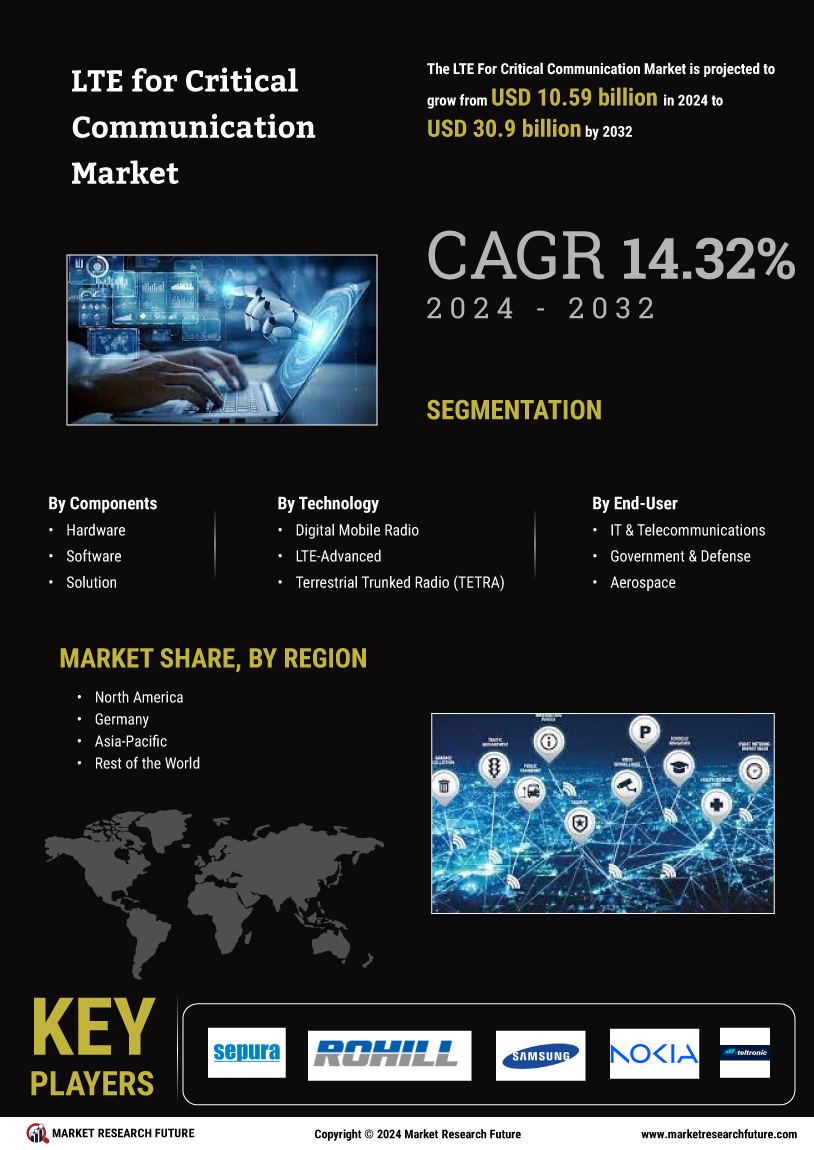

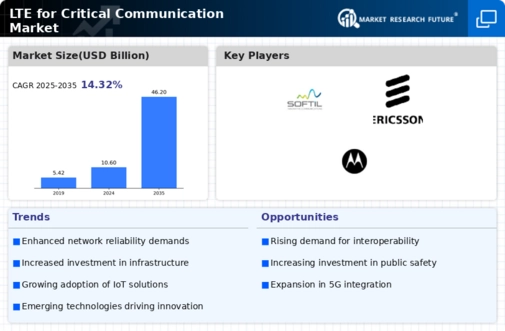
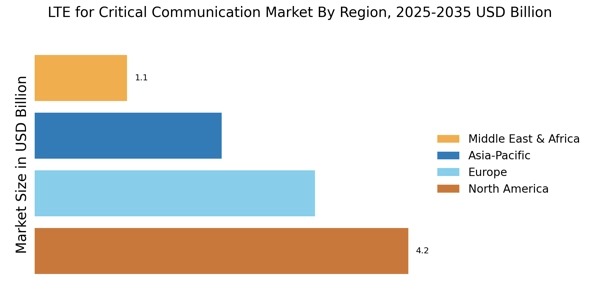
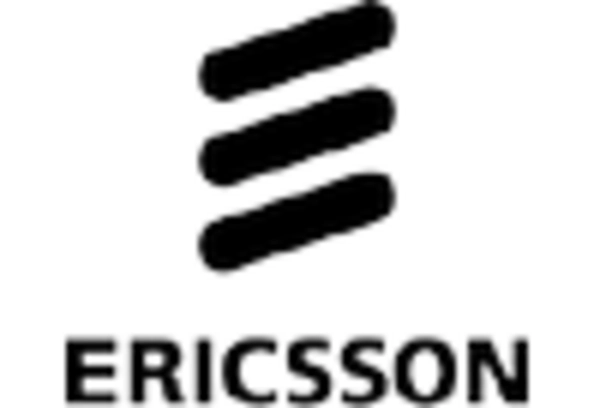
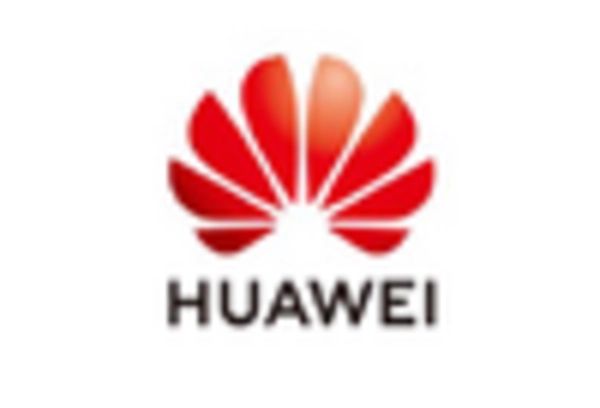
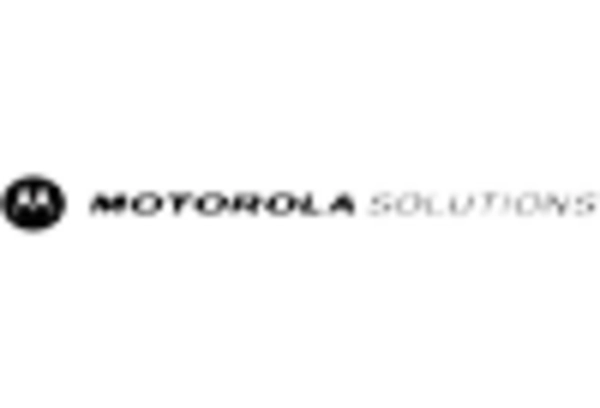


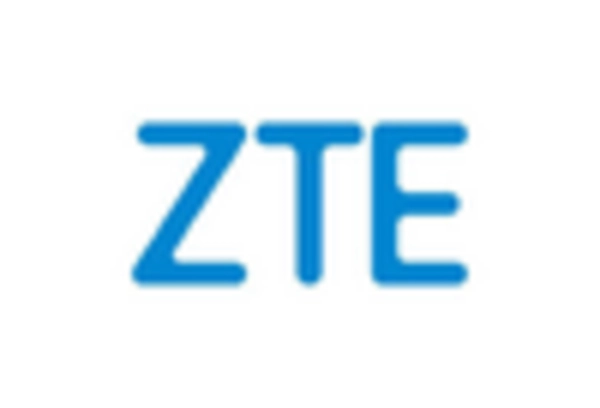








Leave a Comment